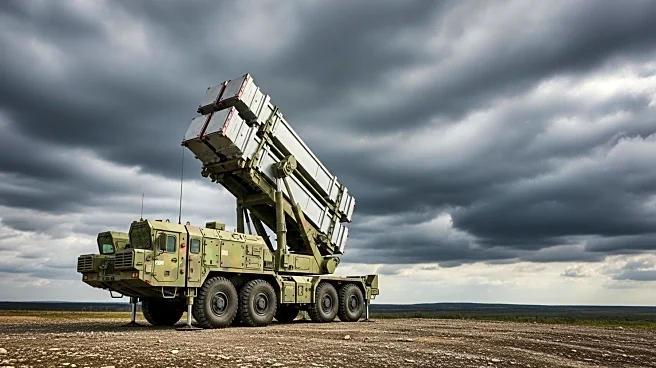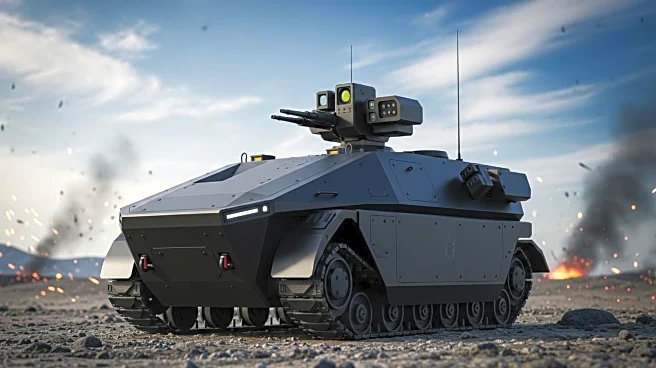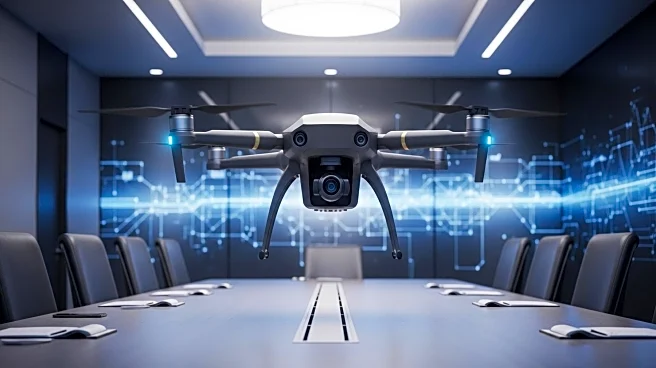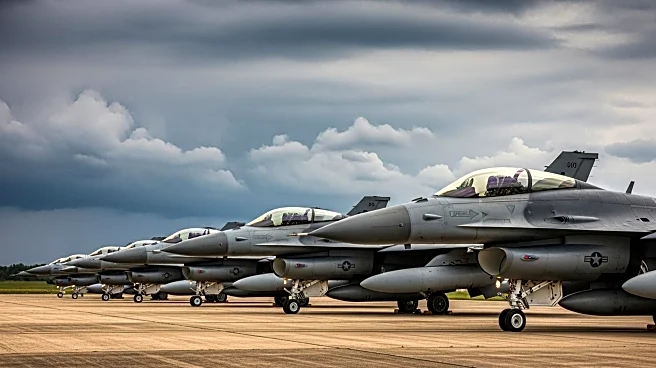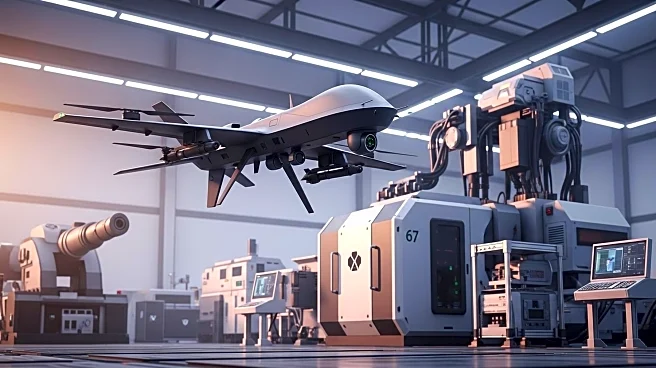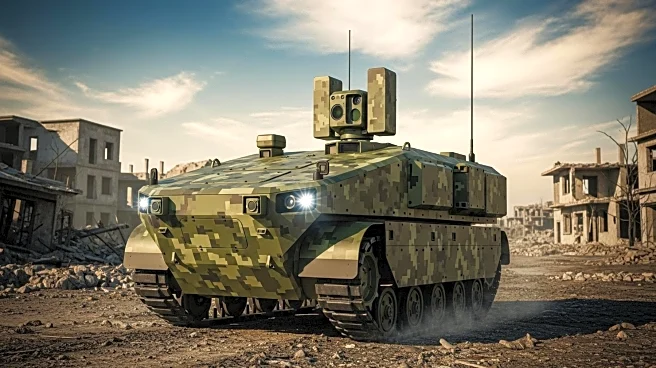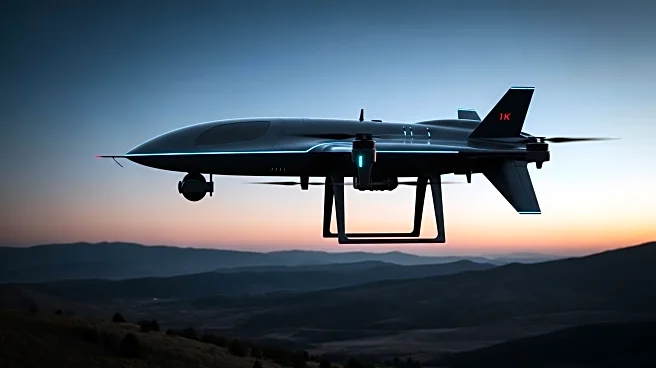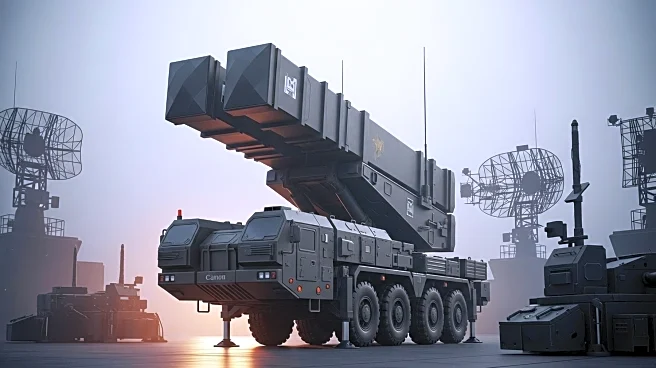What's Happening?
The Netherlands has announced its partial funding and coordination of the delivery of over 150 Tracked Hybrid Modular Infantry System (THeMIS) unmanned ground vehicles (UGVs) to Ukraine. This initiative is part of a broader effort to bolster Ukraine's military capabilities amid ongoing conflicts. The deliveries will be coordinated with Dutch company VDL Defentec, which will also assist Milrem in assembling the UGVs. Milrem, a subsidiary of Edge Group, will provide training to Ukrainian operators and support staff. Currently, there are at least 15 THeMIS UGVs operational in Ukraine, and the new batch will be equipped with Ukrainian technology. The THeMIS UGVs, which weigh 1,630 kg without payload, can reach speeds of up to 20 km/h and operate for 1.5 hours within a 1.5 km line-of-sight control range. They are versatile, capable of carrying up to 1,000 kg, and can be used for combat, cargo transport, and evacuating wounded soldiers.
Why It's Important?
This development is significant as it represents a strategic enhancement of Ukraine's military resources, potentially altering the dynamics of its defense capabilities. The introduction of advanced UGVs like the THeMIS could provide Ukraine with a technological edge in its ongoing conflict, allowing for more efficient and safer operations on the battlefield. The Netherlands' involvement underscores the international support Ukraine is receiving, which could influence geopolitical relations and military strategies in the region. The integration of Ukrainian technology into these UGVs also highlights the collaboration between international and local defense industries, potentially leading to further innovations and partnerships.
What's Next?
The delivery and integration of these UGVs are expected to proceed with training sessions for Ukrainian operators, ensuring effective deployment. The collaboration between Milrem and Ukrainian defense companies may lead to further technological advancements and adaptations of the THeMIS UGVs to meet specific operational needs. As these vehicles become operational, their impact on the conflict's dynamics will be closely monitored by international observers and could prompt further military and diplomatic responses from other nations involved in the region.

